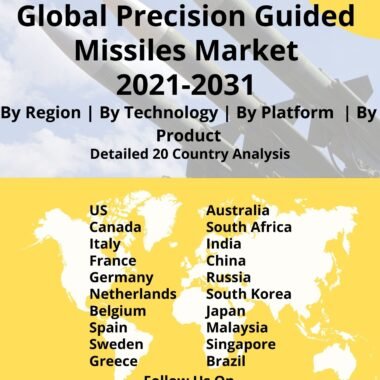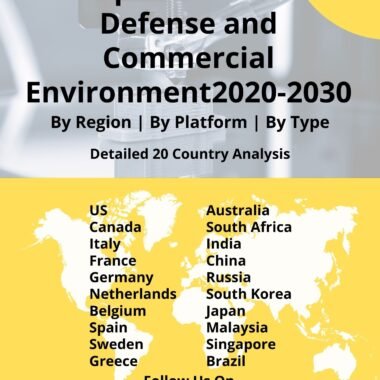Description
The method of creating three-dimensional solid items from a digital file is known as 3D printing or additive manufacturing. Designing and implementing components has become faster, less costly, and easier due to 3D printing. It has also allowed all components to be incorporated into a single structure, removing the need for external joints, adhesives, and fasteners. The reduction of unnecessary components lowers the manufacturing process’s additional expenses. The market has been split by application into aircraft, unmanned aerial vehicles, and spacecraft, as well as by material into metals, polymer, and ceramics. During the projection period, 3D printing in the aerospace and defense industry is expected to grow at a CAGR of over 20%. (2020-2025).
The airline sector has been a driving factor in the advancement of 3D printing technologies in the aerospace and military industries. 3D printing is used by airlines to ease supply chain bottlenecks, minimize storage space, and eliminate waste materials generated by traditional production techniques. The growing usage of 3D printing in the aviation sector may contribute to market expansion shortly. In the future years, the advent of sophisticated technology 3D printers is projected to contribute to research a breakthrough. Due to their heat-resistant qualities, ULTEM materials are now available in the aircraft sector. ULTEM materials have been used to make the inner shells for freezer units, which contain all of the essential mounting structures. As a result, advancements in ULTEM materials are projected to present the market with growth possibilities shortly.
A major advantage of 3D printing for defense is the decrease in waste. Expensive resources like titanium can be used to build material structures via the use of this technology. The waste generated is optimized using technologies like 3D printing.
High initial costs are expected to be a key impediment to the 3D printing market. This investment includes hardware, software, materials, certification, additive and manufacturing education, as well as personnel training. Setting up a 3D system is more expensive in terms of cash and resources than traditional printing processes. Manufacturers, on the other hand, are assisting end-customers in reducing the high initial costs with the launch of the industrial Desktop 3D printer. Desktop printers are easier to operate and manage than 3D printers, and they are also less costly.
New technologies are being upgraded and developed by tech-savvy start-ups and established important market players. Hardware developments have resulted in faster and more dependable 3D printers for production applications. One of the most often used 3D printers is the polymer 3D printer. According to a 2019 survey by Ernst & Young Global Limited, polymer additive manufacturing systems were employed by 72 percent of businesses, while metal additive manufacturing systems were used by the remaining 49 percent. According to the data, advancements in polymer additive manufacturing would open up new industry prospects for global participants.
The market’s major players are concentrating on providing improved and new solutions to meet the rising demands of industries. These major firms are investing in research and developing cutting-edge services and products. They’re forming a strategic relationship and working together to develop next-generation 3D technologies. These businesses provide consumer-centric solutions to assist with corporate success. Similarly, the major firms are eager to provide a diverse range of 3D materials that may be used in a variety of industries.




